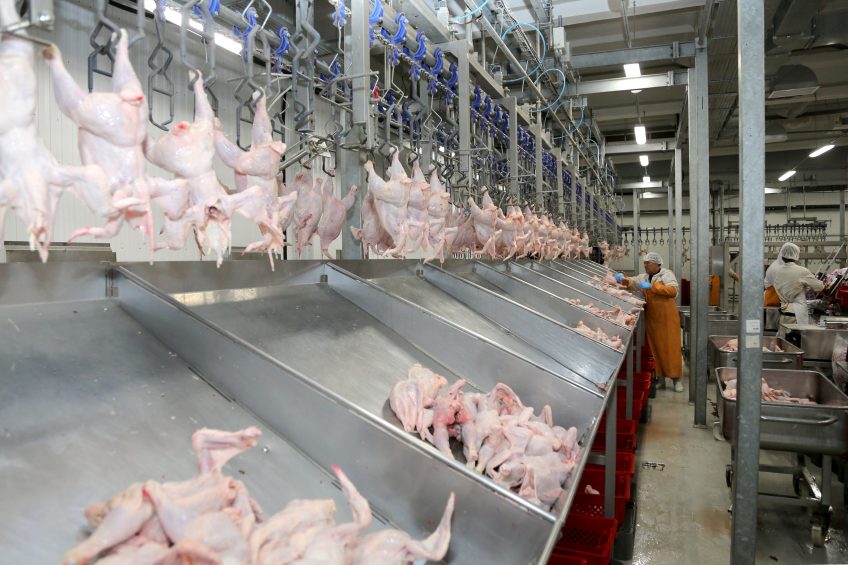Poultry industry braced for oversupply and new AI epidemic

Russia: In late December the poultry industry in Russia was rocked by several huge outbreaks of avian influenza (AI), which forced manufacturers to cull 160,000 heads of turkey and 350,000 heads of broiler. The country is bracing itself now for an oversupply crisis and a new AI epidemic.
These incidents might be the first portent of the large-scale epidemic, similar to the one that took place in 2006 and brought huge losses to the poultry industry.
This time, however, consequences could be much more serious, since AI returned to the country just at breaking point, when the industry stopped at a 10-year growth and started right after the end of last AI epidemic.
In late November the Russian consulting agency SovEcon issued a report, saying that in the third quarter of 2016 the country’s poultry industry, for the first time in a decade, showed zero percent growth rates. According to analysts, poultry manufacturers face the pressure of falling margins amid negative market conjuncture. Over the past year production costs have been rising, while wholesale prices have been falling, SovEcon explained. This report made market participants suggest that the poultry industry in Russia is entering period of stagnation or even a crisis.
Speaking in interview to Company Business Daily, regional Russia’s media, in mid-June 2016, Sergey Mikhailov, CEO of Russia’s largest meat producer, agricultural holding Cherkizovo, claimed that country’s poultry industry has been suffering an oversupply crisis already for the last 2 years. As a result, he said, pressure of oversupply becomes heavy, so the industry is no longer balancing on the breakeven point, but already receives losses.
Read also: Mass influenza bird culling in Europe
In Russia 70% of production cost depend on hard currency, due to the need to import feed additives, premixes, minerals and so on, so devaluation of ruble in 2014 on the one hand increased costs and on the other hand – reduced prices, while export channels remain closed, he said. In this situation, an important step for authorities would be refusal from any state programmes with support of new projects, Mikhailov said, as at the moment, business has no idea what to do with the surplus of poultry in the market.
The Russian Agricultural Ministry supported estimations from Cherkizovo. In a report published late December, Ministry’s Livestock Department forecasted that in 2016 production of poultry in Russia will reach 4.7 million metric tonnes, rising only 3% year-on-year. This is going to be the slowest rise in the past decade.












